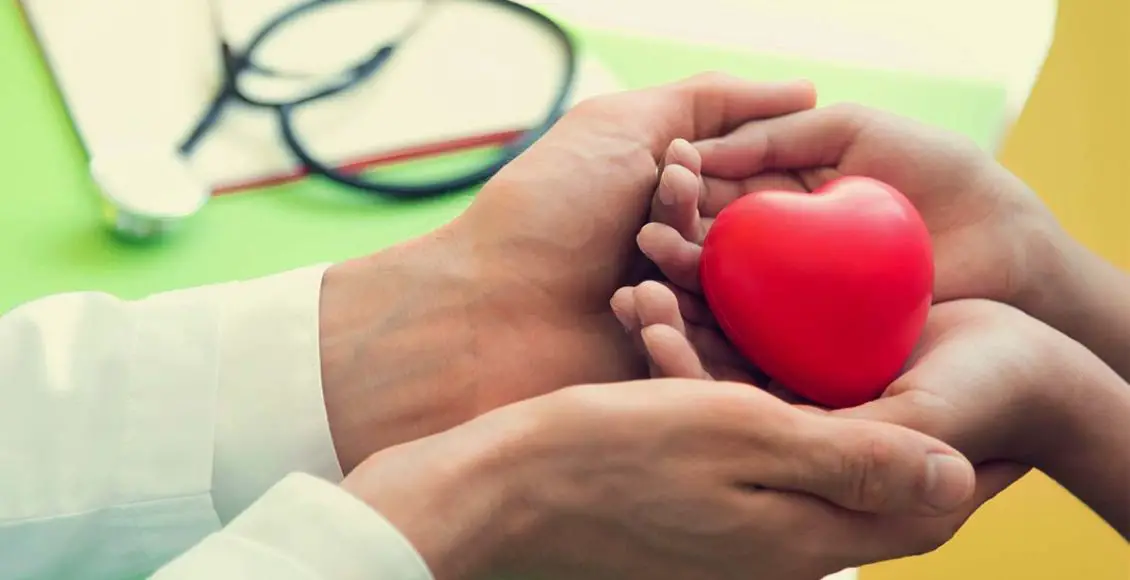No More Heart Transplants
All around the globe, the number of patients in need of organ transplants is often higher than that of people willing to donate – partly because some of the most in-demand organs can only be donated after a person has passed away.
Recent data from the British Heart Foundation (BHF) revealed that the list of patients waiting for a heart transplant in the UK has grown by 162% in ten years.
Now, half a century after the first successful heart transplant, experts in the field believe an era where organ transplantation will no longer be necessary is just around the corner.
“I think within ten years we won’t see any more heart transplants, except for people with congenital heart damage, where only a new heart will do,” Stephen Westaby, from the John Radcliffe Hospital in Oxford, told The Telegraph.
Of course, Westaby did not want to come across as being ungrateful for all the human lives saved by real organ transplants. He said he is a “great supporter of cardiac transplantation.” Nevertheless, fresh technological innovations in medicine may offer alternatives that could potentially save more time, financial resources, and most importantly, lives.
“I think the combination of heart pumps and stem cells has the potential to be a good alternative which could help far more people,” Westaby added.
Enter the Era of Artificial Organs
A controversial but full of potential medical advance has continued to show enormous potential; the use of stem cells. It is known that applications for stem cells are in part limited, but that has more to do with ethical considerations than limitations of science. But despite this, the studies that have been done with stem cells have proven that it is entirely possible to grow organs in a laboratory, which could then be used to save human lives.
Thanks to science we can also produce artificial organs by using 3D printing. When applied to medicine, the process is referred to as 3D bioprinting – and its achievements have already been quite impressive.
So far, scientists have been able to 3D-bioprint a number of organs, which includes a thyroid gland, a tibia replacement that has already been implanted into a patient, as well as heart cells that have an actual beat.
These organs have been made functional thanks to refinements to the type of bioink; one of the numerous improvements to the process we should see in the near future, as there is now an institution dedicated to improving 3D bioprinting techniques.
Another innovation that makes the production of synthetic organs a reality includes a method for growing bioartificial kidneys.
For his part, Westaby is involved in a number of projects working to keep on improving the process: one of which uses stem cells to reverse heart tissue damage, which would improve the quality of life for patients having to deal with coronary bypass.
In addition, Westaby is working on the development of improved hardware for these kinds of surgical procedures, including low-priced titanium mechanical heart pumps.
Together with 3D bioprinting, these kinds of innovations could easily become the answer to donor shortages. The future of regenerative medicine is affordable artificial organs that could reliably be printed for patients in need.
What are your thoughts on this new life-saving technology? Let us know by joining the conversation in the comments, and please share this article if you enjoyed the read.



